
Welcome to Cat Ba Island, Vietnam. Cat Ba is part of the rugged mountain island chain that makes up Ha Long Bay. Most of the island is protected national park. In fact, Cat Ba Archipelago was declared a UNESCO Man and Biosphere Reserve Area in 2004. This has led to several conservation projects on and around the island. It is the perfect place to explore and see much of the natural beauty of the area. During our visit, we worked with an outfitter called Asia Outdoors who helped us plan a three-day adventure. Rock climbing on the beach, sea kayaking and a hike through the national park were all on the agenda. We also spent one night on a live-aboard that was parked in the middle of a secluded bioluminescent bay. Unfortunately, the photos from that part of the trip did not turn out so well. You will just have to take my word on how incredible it was.
We visited in November. This is considered an off season for Vietnam since it tends to be rainy. We had some overcast days, but the rain held off our entire trip. Honestly, the weather was just about perfect.

Getting to Cat Ba from Hanoi took a bit of planning. It takes a bus, a boat and a van to get to the town of Cat Ba. After much research, we found a travel agency with regular daily shuttles to the island. The trip took several hours and we made it into town in the evening.
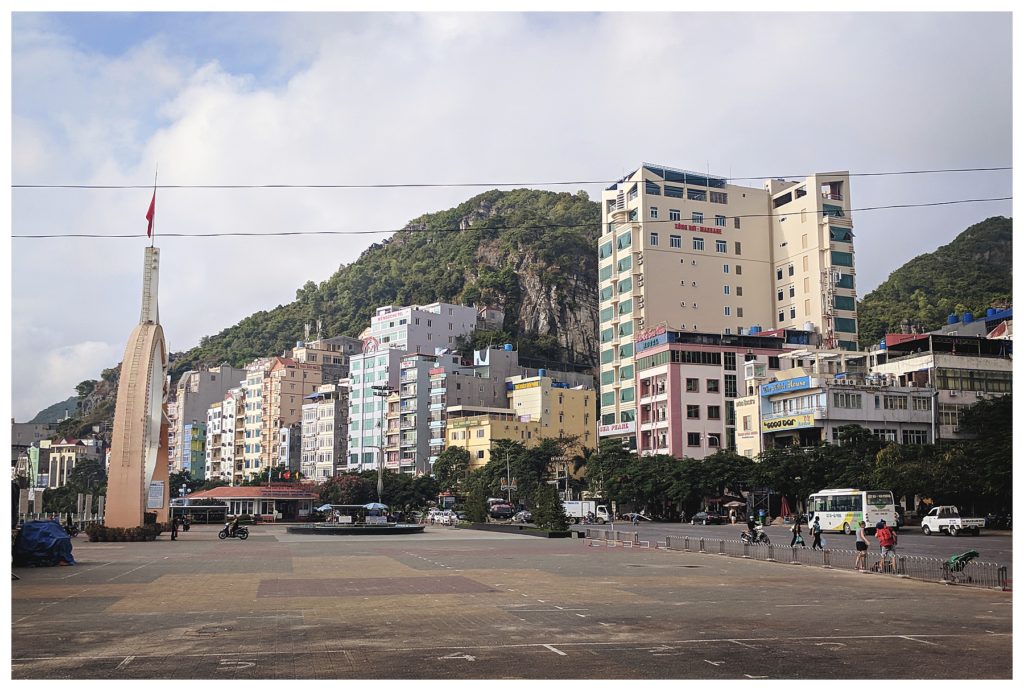
Cat Ba is the major town on the island. Hostels and restaurants line the main street along the bay. Fishing boats park in the bay at night before making their way out in the morning. It is a really nice small downtown. We felt perfectly safe walking around at night. Though most shops tended to close in the late evening. So there wasn’t much to do but relax and listen to the sounds of the bay. This is why we chose to visit Cat Ba instead of Ha Long Bay city, which, based on what I read, has more pollution and crime.
I had spent a great deal of time looking into hostels for the two nights we were planning to stay there. An important note here, hotels are also referred to as hostels. Most of the places we went to were family owned/run and offered several different room setup options. Everything that I read said to book your hostel when you arrive as websites and email responses usually lag and you can haggle over the rates in person. Now, when I say lag, that may also mean that a website hasn’t been updated in several months. We learned that the hostel we were aiming to stay at was closed for renovations when our van dropped us off at the front door. This wasn’t too big of an issue since there were hostels lining the street. We looked at a few and negotiated a room for the night. For an additional $10 USD, we were able to upgrade to a bay view room with a balcony and private bathroom. It cost us $20 USD for the night.


Our first full day was dedicated to rock climbing. We went down to the Asia Outdoor office after breakfast and were loaded onto a boat with the rest of our group. This this was an overnight live-aboard, there was plenty of space to move around and seating. Meals and snacks were also provided on board. The food was actually really good. Once we got settled in, our group was divided up into smaller groups based on activities and loaded onto small “taxi” boats to take us to the different locations. We had 8 folks in our group to give you an idea of how many of us fit in one of these taxis. There is a photo below.

There are several very tiny islands surrounding the larger island of Cat Ba. We made our way to one of those islands to climb. The photo to the left is our climbing location (not bad right?). The photo to the right is actually a pretty interesting piece of history. During both the French and American wars in the 1900s, Cat Ba Island was used as a strategic military location for the Vietnamese military. The town of Cat Ba has a massive ‘bomb proof’ underground hospital. Many caves, such as the one in the photo on the right, were used to hide weapons. If you didn’t know it was there, you would never notice it.

Views from our climbing locations.


This was our taxi from the main boat to our climbing location. The taxi stayed all day while we climbed then took us back. The driver (who could steer the boat with his feet!) would read and fish as he watched us climb.

Here is a video of our climbs and some of the views from the top.
Once we were back aboard the main boat, we enjoyed a delicious dinner while the boat headed out to our anchor spot for the night, a secluded bioluminescent bay. Once the sun went down, we enjoyed some nighttime swimming in the bay. It was pretty cool.
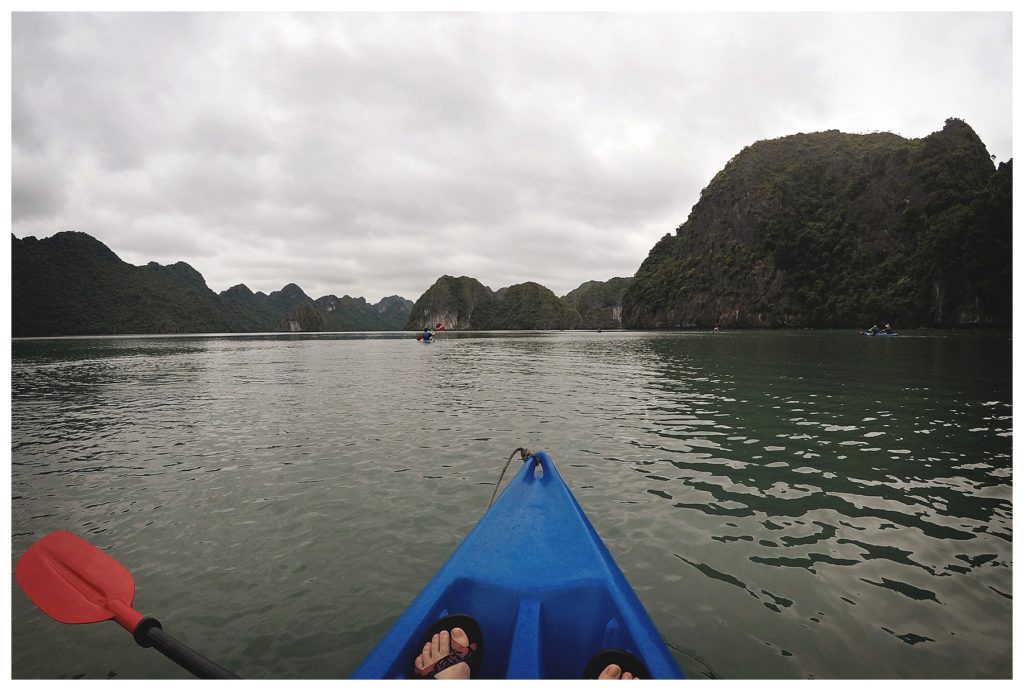
We spent day two exploring the small islands around Cat Ba by sea kayak. Our guides assigned us to two person kayaks. No solo kayakers on this outing. We paddled through caves, under rock bridges and into secret lagoons. Honestly, the photos from the GoPro (the only camera gear I was willing to take out this day) don’t do it justice. You will just have to watch the video below.
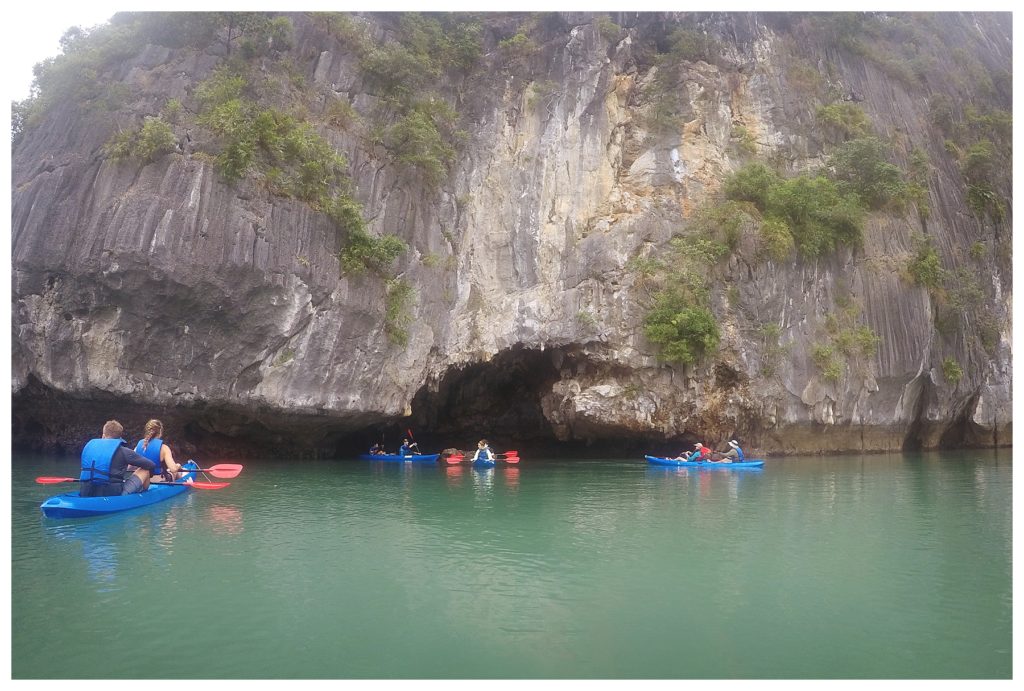
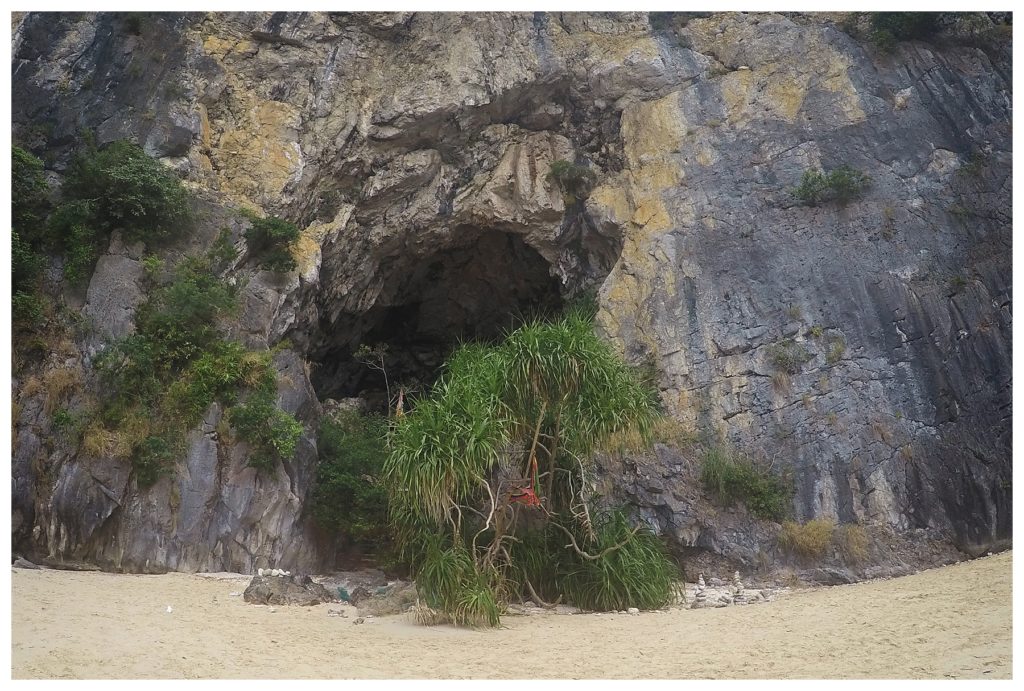
During our second outing, our guide led us to a small island with a hidden temple. We parked our boats and made the trek up. You can tell as soon as you land, that this place is a special location to those who live here.
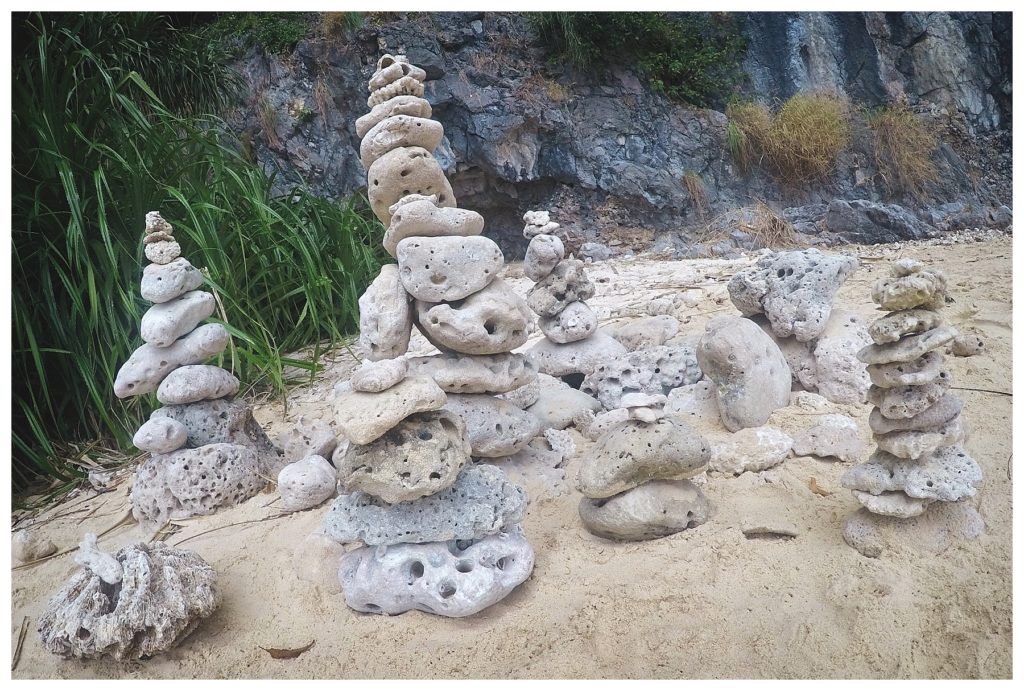

The name Cat Ba comes from a centuries old story. Three women of the Tran Dynasty were killed during a terrible storm. Their bodies were washed out to see and made their way to Cat Ba Island. Fisherman found their bodies on the beaches. The people of island built temples honoring each of the women. And so it became know as Cat Ba (ba is women in Vietnamese).
This is one of those temples. Fishermen come here regularly to offer gifts and prayers. We were not permitted to go inside. However, we could see in through the windows. Photos, food and flowers were just some of the items laid on and around the alter.

Another interesting aspect of life in Cat Ba and Ha Long Bay is the floating village. Entire communities have been built on floats and are anchored in the different bays and alcoves. Most of those who live out there are fishermen. However, there are also small shops and restaurants that support these communities. In fact, the shop we got our kayaks from was a floating rental store.
Now you might be thinking to yourself that it is weird that these folks would have dogs on a floating house. Dogs were a very common sight in these villages. The dogs act as a security system to deter potential thieves who may try to steal the fishermen’s daily catch.



On our way back to the main island, we had the incredible luck of seeing a group of langur monkeys, one of the world’s most endangered monkeys. Due to poaching for traditional Chinese medicine as well as habitat loss, their numbers have dropped from over 2,000 to hovering between 60 and 70. To see this group, which included two babies, is rare and accounts for roughly 10% of the population.

Our last day on Cat Ba was spent on a guided tour through the jungle of Cat Ba National Park. I have been hiking all over the world and can honestly say this was one of the hardest hikes I have ever done. There were only three of us. So our guide was able to spend a lot of time answering questions and pointing out wildlife. We saw a variety of insects and reptiles. The most bizarre was seeing small red crabs darting across the trails to avoid us. Yes, I said crabs, like the guys you would see at the beach.
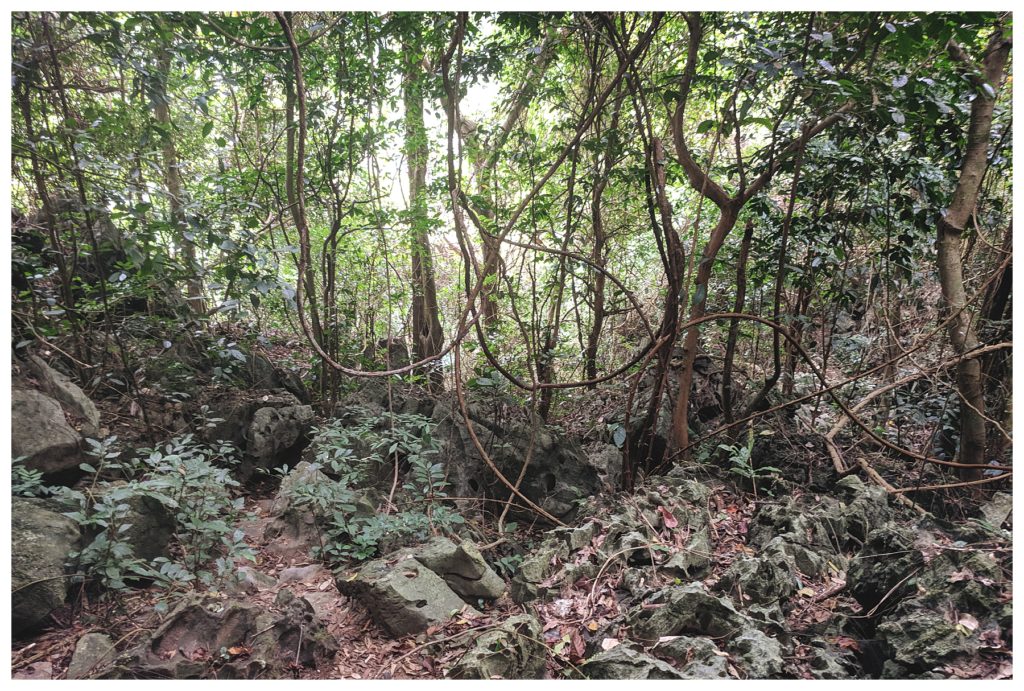
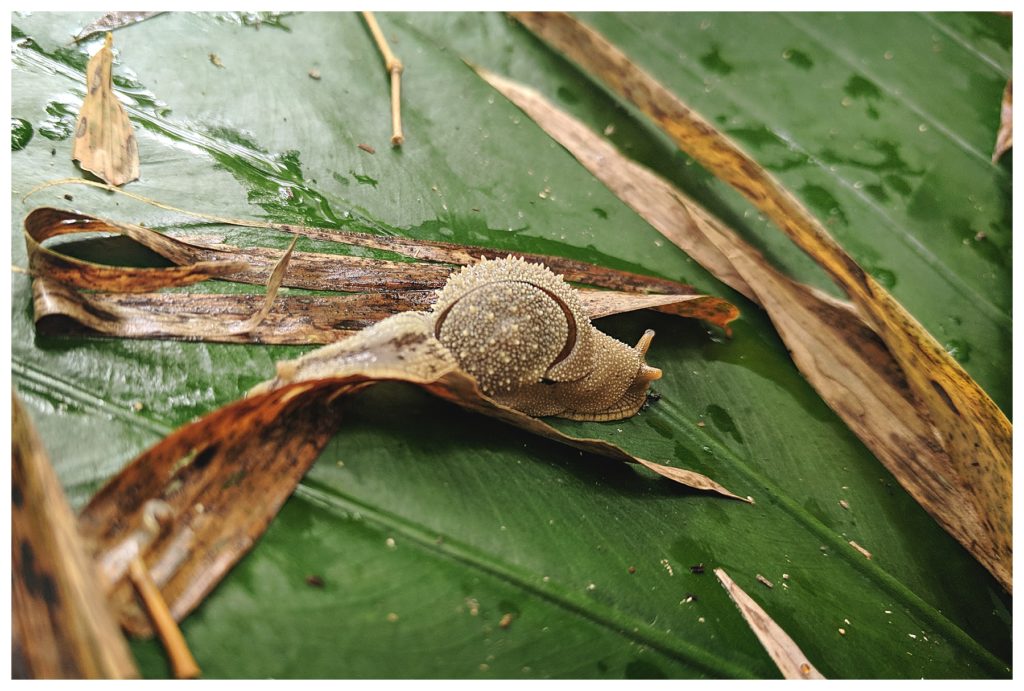

These ants are mean little suckers. They won’t kill you, we were told. They will just torment you enough that you wish they would. One of their defense mechanisms is to attack a predator’s eyes by peeing in them. The chemicals in their pee cause a painful burning sensation.

 As I mentioned, this was one of the hardest hikes I have ever done. However, the views at the top made it well worth it.
As I mentioned, this was one of the hardest hikes I have ever done. However, the views at the top made it well worth it.
Once our hike was over, we were taken back into town where we were able to shower and change before our journey back to Hanoi began. I loved every minute of our time in Cat Ba. I certainly hope that as tourism to the island grows, the local government will continue to protect the environment and the places that make this island so special.
**Photos were taken with a Canon 1Dx, a GoPro Hero 6 and a Google Pixel phone.**